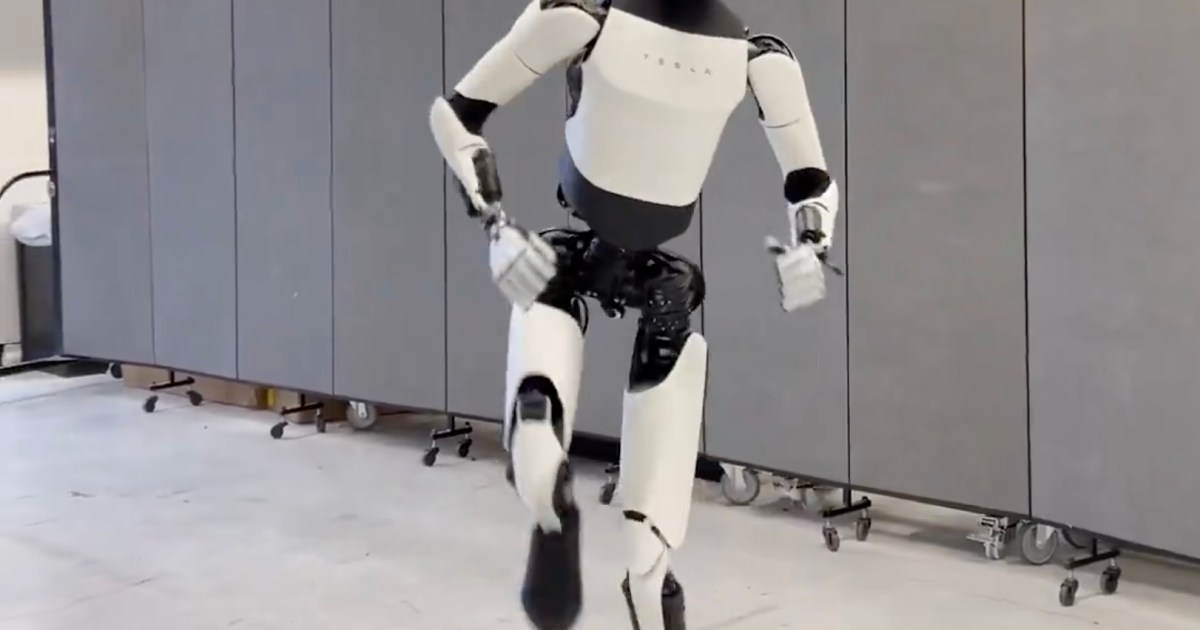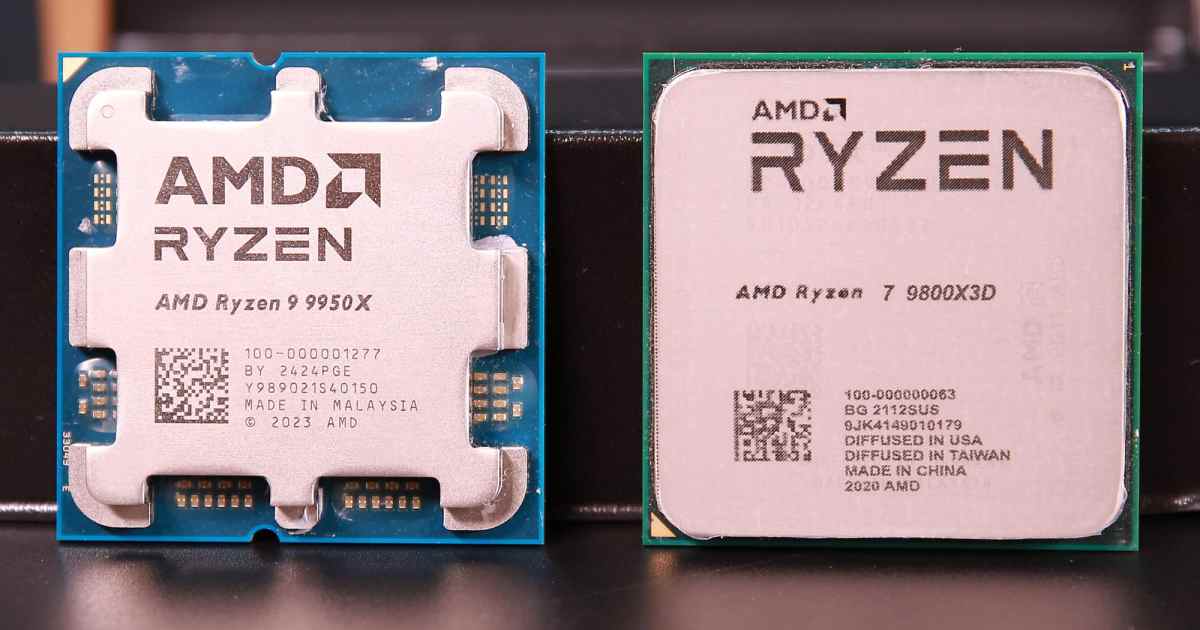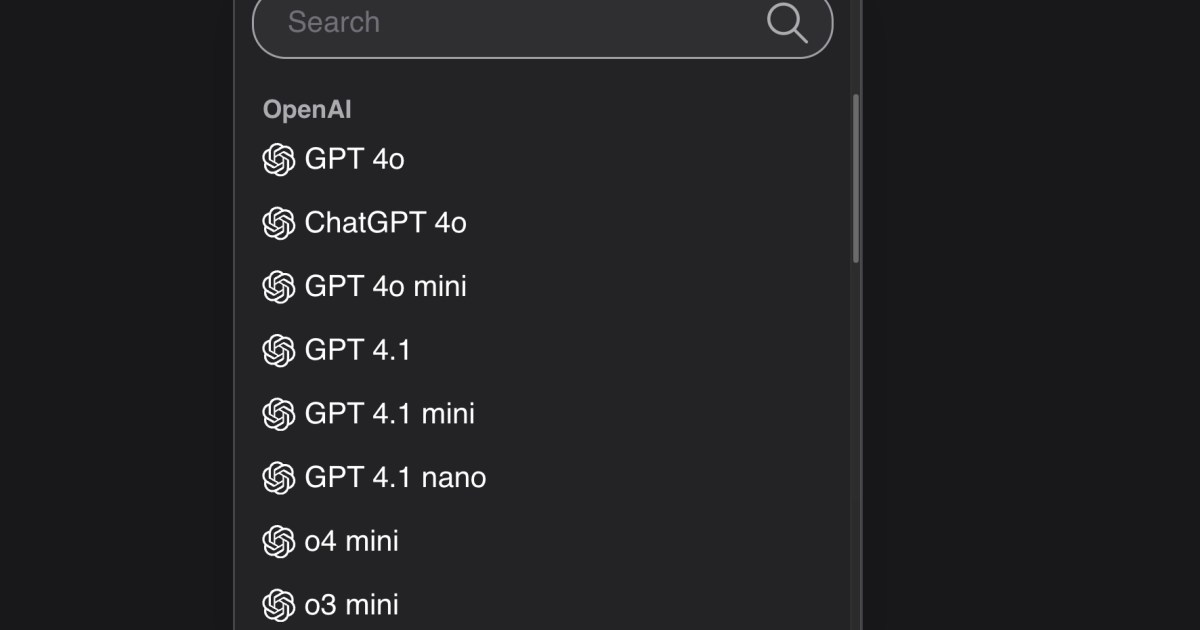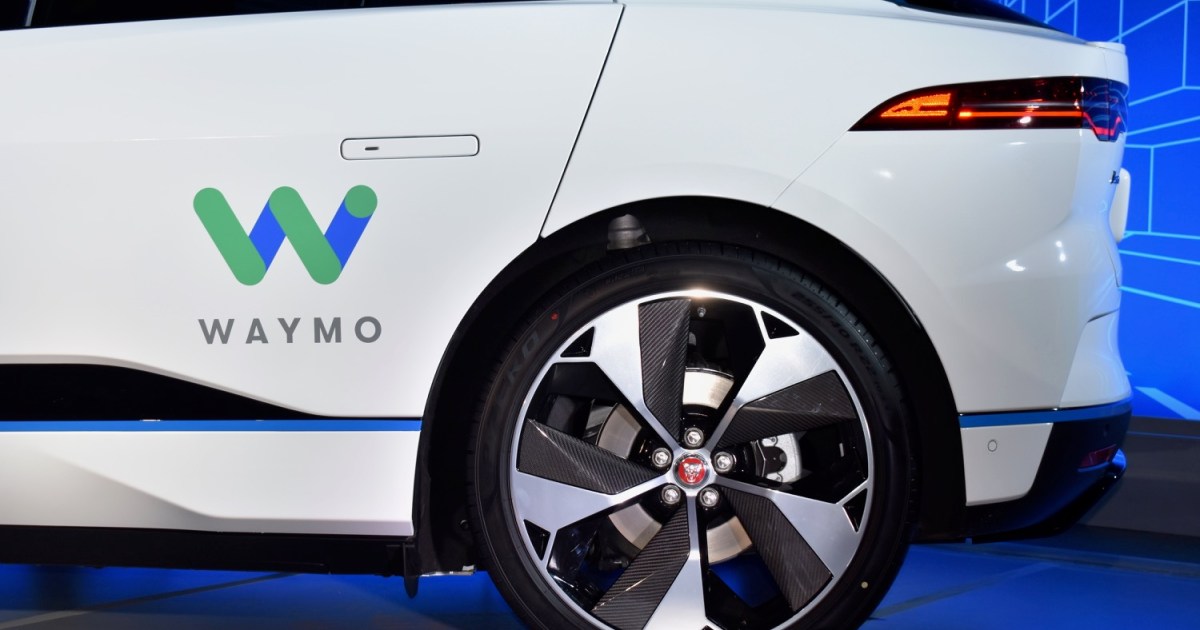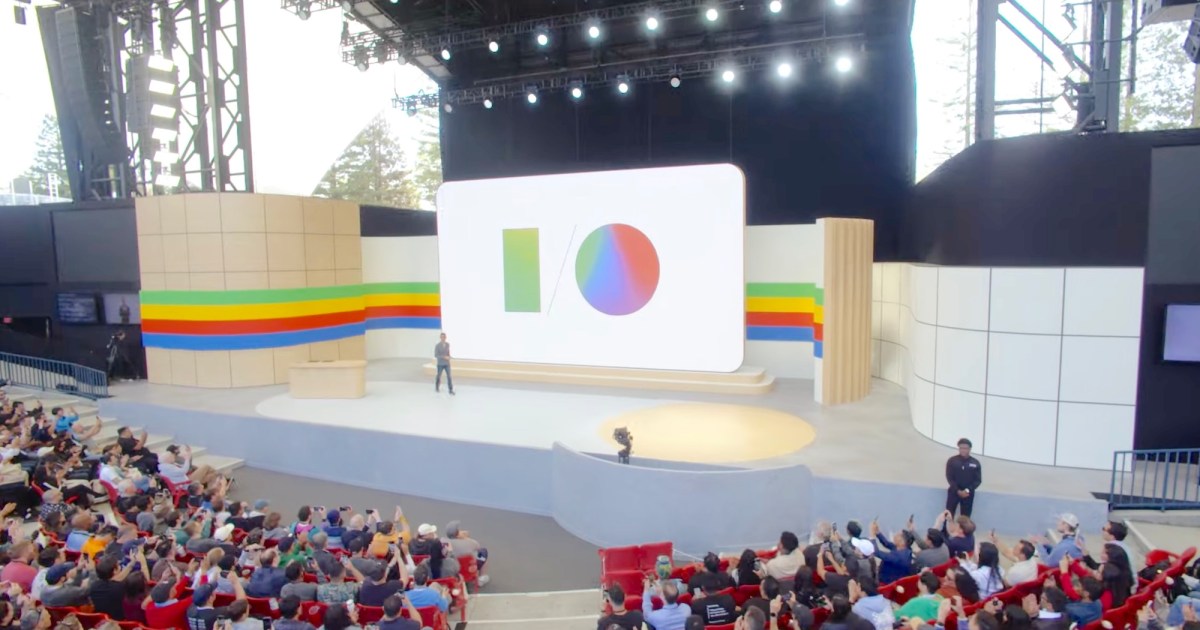Tesla has released a video demonstrating the surprisingly agile dance moves of its Optimus humanoid robot. While these moves may not be directly applicable to the industrial tasks Optimus is designed for, the video effectively illustrates the robot’s increasing dexterity and lifelike range of motion.
The video’s release followed an online post by Optimus project lead, Milan Kovac, highlighting the team’s dedicated work on the robot’s development. Kovac explained that Optimus’s dance routine was entirely trained in simulation using reinforcement learning. He also clarified that the cable visible in a portion of the video was a safety precaution in case of a fall and wasn’t supporting the robot.
Tesla Bot’s Evolution
Unveiled in March 2025, the third-generation Tesla Bot boasts significant advancements. These upgrades include a 22-degree-of-freedom hand (a substantial improvement over the previous 11), self-recharging capabilities, and advanced AI enabling the robot to learn tasks through observation and experience, much like a human, rather than relying solely on traditional programming.
Future Applications of Optimus
Tesla CEO Elon Musk envisions thousands of Optimus robots working alongside human employees in Tesla factories within the next few years, handling dangerous, repetitive, and tedious tasks.
Beyond industrial applications, Tesla plans a commercial launch, suggesting Optimus could eventually become a versatile household helper. Potential domestic roles include babysitting, dog walking, lawn mowing, grocery shopping, and even companionship. With an estimated price tag of $20,000, Optimus won’t be inexpensive, although a more affordable rental option has also been discussed.
The Rise of Humanoid Robots
The long-awaited arrival of advanced, intelligent, and practical humanoid robots seems to be finally materializing. Tesla is among the key players in a global race to develop and deploy these robots, competing with companies like Figure AI, Apptronik, Boston Dynamics, and several prominent Chinese robotics firms.
The industry’s push toward mass production aims to address labor shortages and automate hazardous or repetitive tasks. Despite ongoing challenges related to cost, safety, and real-world implementation, the possibility of humanoid robots entering workplaces and even homes at an unprecedented scale is becoming increasingly likely in the near future.
Conclusion
Tesla’s Optimus continues to evolve at a rapid pace. The demonstration of its dance skills highlights the significant progress in robotics and AI. While mass adoption still faces hurdles, the potential for Optimus and similar humanoid robots to transform industries and daily life is undeniable.



